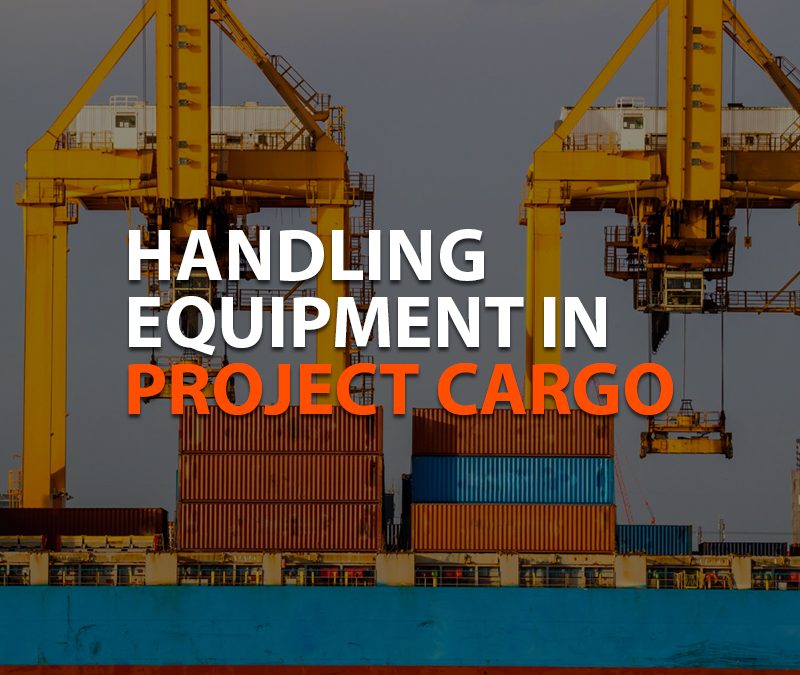In this blog post, we’ll dive deep into the significance of handling equipment in project cargo logistics, exploring its importance, types, and best practices.
Project cargo logistics is a specialized field that deals with the transportation of oversized, heavy, or unique cargo items that don’t fit into standard shipping containers. These cargoes often require specialized handling equipment to ensure their safe and efficient movement throughout the supply chain.
Specific needs
Specialized handling equipment is designed to handle the unique dimensions and weights of project cargo, where Safety is top priority. The use of appropriate handling equipment minimizes the risk of accidents, ensuring the well-being of workers and the protection of valuable cargo.
These are some examples of handling equipment for project cargo:
- Heavy-Duty Cranes: These include crawler cranes, mobile cranes, and tower cranes capable of lifting extremely heavy loads. They are essential for loading and unloading heavy items.
- Self-Propelled Modular Transporters (SPMTs): These are multi-axle platforms with independent steering used for transporting massive objects.
- Straddle Carriers: Large, mobile machinery used for stacking and moving oversized containers or other cargo in port terminals and industrial settings.
- Gantry Cranes: Used in ports and rail yards, these are essential for loading cargo onto ships and trains. They come in various sizes, including massive ones for container handling.
- Forklifts and Telehandlers: Heavy-duty forklifts and extendable telehandlers are used for smaller, yet still heavy items. They offer versatility in handling various types of cargo.
- Flat Rack and Open Top Containers: While not equipment for moving cargo, these specialized containers are essential for transporting oversized or irregularly shaped items.
- Hydraulic Jacks and Skates: Used for lifting and moving heavy cargo, especially in confined spaces where larger equipment cannot operate.
- Jib Cranes: Smaller than tower cranes, they are used in industrial environments for loading and unloading heavy equipment.
- Reach Stackers: These are large, powerful forklifts designed to handle containerized cargo in ports and container depots.
- Heavy Haul Trailers: These include multi-axle, extendable, and lowboy trailers designed to transport heavy and oversized loads over long distances.
- Lashing and Securing Equipment: This includes chains, straps, and tensioning devices used to secure cargo during transport.
- Load Monitoring Systems: Advanced technology systems that monitor the condition and stability of the cargo during transport.
- Ro-Ro (Roll-on/Roll-off) Equipment: Specialized gear used in Ro-Ro ships for rolling heavy and oversized cargo on and off the vessel.
- Railcars and Bogies: Specially designed for transporting heavy and oversized items by rail.
- Barge and River Transport Systems: For moving project cargo via inland waterways, specialized barges and loading systems are used.
Each type of equipment is chosen based on the specific requirements of the project cargo, including weight, dimensions, and the nature of the cargo itself.






